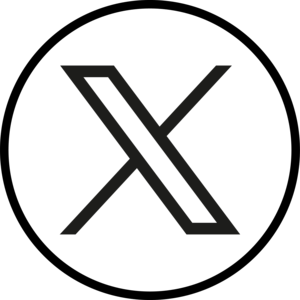What Is Child Observation?
Observation in kindergarten is a method to support educators and parents in dealing with the needs of early childhood development.
This article briefly discusses the purpose of child observation and gives some examples of methods of child observation through checklists. A more general guide on the concept of child care observation can be found here. We will also recommend some helpful tools that educators in daycare centers or preschools can use for their daily child observation reports that parents are only too happy to see when they pick up their children.
This article covers the following topics:
1. The purpose of child observation reports
2. Methods of observation in kindergarten
3. A digital checklist for early childhood development

What Is the Purpose of Child Observation Reports?
The intention behind a child’s schooling should be well planned even before they even start kindergarten. Questions like these should be answered prior to a written report: Will the parents be involved in redirecting the child’s problem some behavior? Should you document the child’s learning progress? Do you want the parents to see the child’s new skills as they create their own works of art? Do the parents want their child’s language development to be closely monitored?
If you first define the goal of the observation, you can better prepare for the observation of the child and choose the most helpful observation method(s).
What Some Methods of Child Observation in Kindergarten?
For a child observation report, you should document in as much detail as possible what you see and hear. Here are some examples of child observation methods that will help your children reach their fullest potential and set them up for future success:
- Ancedotal Records – This method involves factual reports of events that answer what, when and where questions from the child’s parents or guardian. Child observation reports are written in past tense and include what the child said and did during their time under your supervision. The record also contains other non-verbal clues, such as body language and facial expressions. It also describes the child’s reaction and behavior to stimuli.
- Continuous Recording – You write down what you see and what the child says during the event. This method of observation should include as much detail as possible and should be written in the present tense.
- Learning stories – This method aims at telling an anecdote about the child (or a group of children) and the child’s choices and the scenarios that followed as a result. depending on the story, it may be a short paragraph or more than a full page.
- Time Examples – A method of recording observations about the child’s behavior and what the child does at certain times. It can be done on a regular basis and can be a useful way to identify and reduce the child’s negative behavior by understanding the context of the situation.
- Notes – Short sentences in which important events, behavior, or conversations are written down. This can be done together with other methods of observation in childcare: Work samples and photographs.
- Work samples – These are paintings, clay figures, drawings, cut-outs, writings, and other creations. Educators write a report based on notes describing what the child may have said or done while working on these samples.
- Photographs – Parents love to see pictures their child has drawn. This way, they can feel like they’re an active part of their child’s ‘life even in their absence. You can also add comments to the photos, so the parent has a little more background about what was going on when the picture was taken.
When writing children’s observation reports, make sure that you write down exactly what you see and hear. Always be objective and factual. The information gathered when observing children should serve the purpose you have defined from the start and helps with supporting the needs of early childhood development.

Digital Support for Child Observation Examples
Lumiform is a powerful inspection app that can be used to help document early childhood development. Streamline reporting with Lumiform’s mobile app by documenting data instantly via tablet or smartphone—online or offline. With population growth, class sizes are getting larger, but there’s no need to worry about parent-teacher conferences anymore — with the Lumiform app, the data of every child under your care is there instantly at your fingertips.
Create checklists within minutes. You can even edit checklists after the fact to cater to the needs of individual children. This data is then automatically uploaded to the cloud to be reviewed at your own convenience, so there’s no need to fret over lost data or errors — you don’t even have to press save! Other advantages that help to implement the child observation process are:
- To help you document and report on your kindergarten observation, you can use Lumiform’s mobile app to take photos of fleeting moments and quickly annotate what you saw and heard.
- You can use Lumiform’s scheduling feature to remind you of upcoming events such as playtime and art sessions.
- With Lumiform’s cloud-based storage, observations are secure and accessible only to the concerned educators.
- Use our collection of carefully designed child observation forms and template examples for on-site reports.
- These reports can be sent to the parents at the touch of a button, giving you, the educator, more time for the children.
Try Lumiform for free



